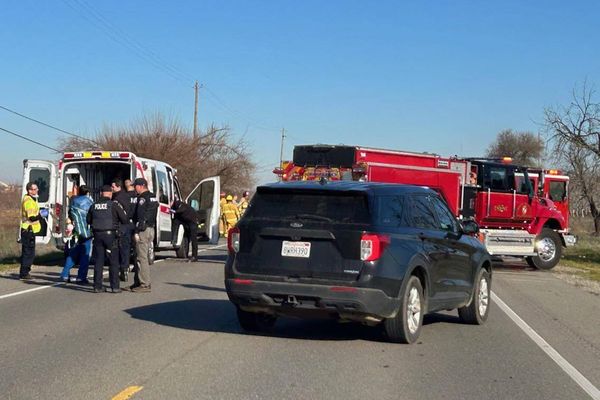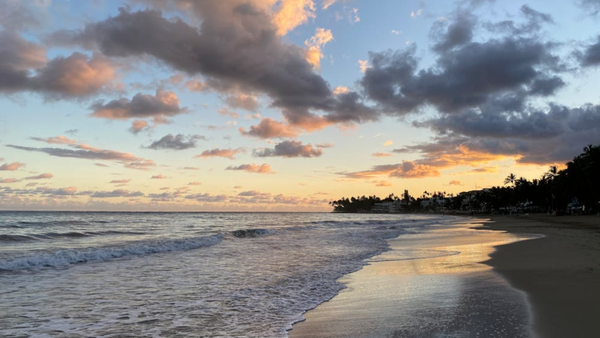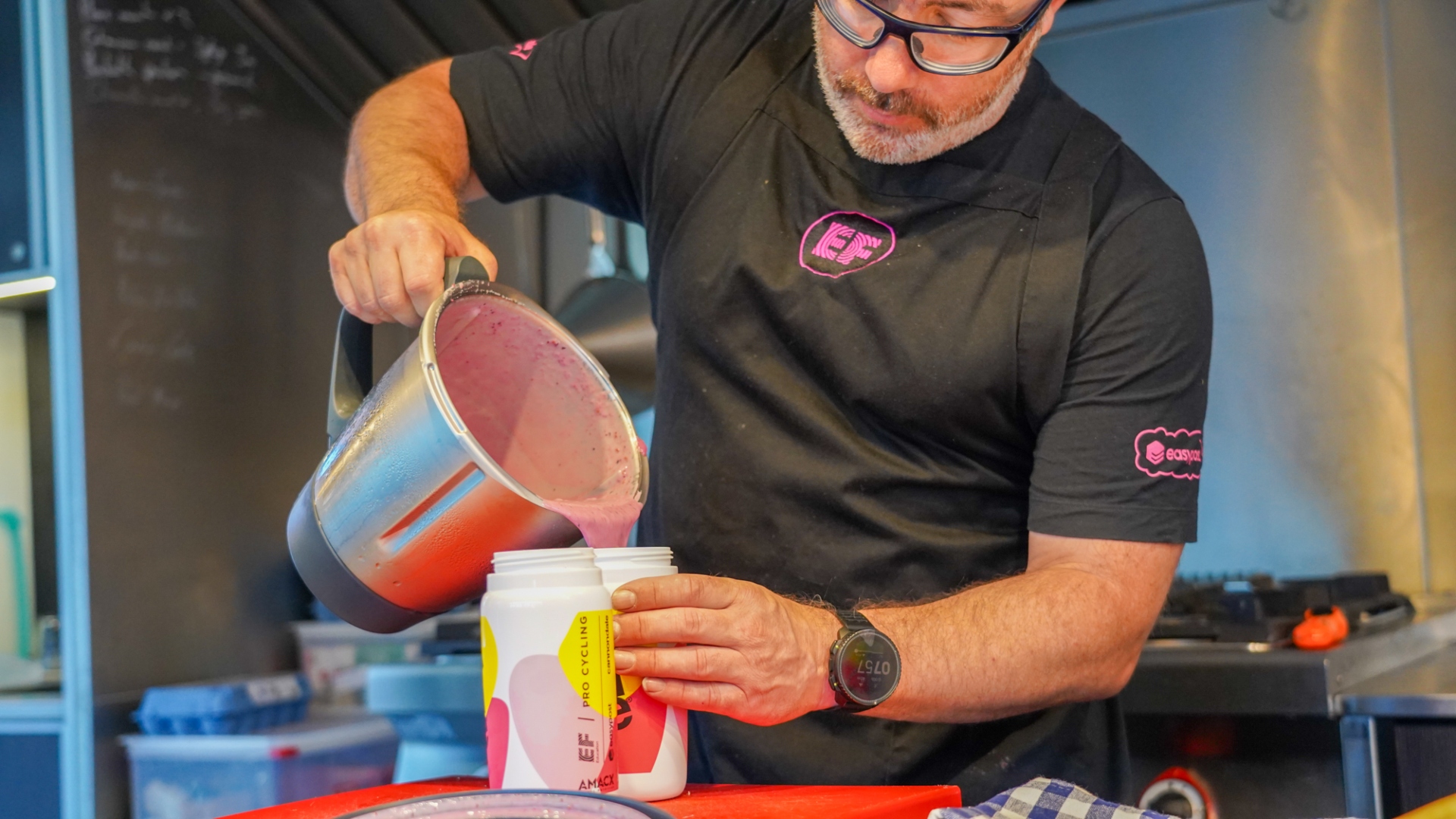
Grand Tours and multi-day stage races are among the most physically demanding sporting events in the world. Riders push their bodies to the absolute limit, racing day after day across vast distances, burning thousands of calories in the process. To keep performing at their peak, these athletes follow a meticulously planned diet before, during and after each stage.
But their strategies aren't just for professionals—many of their nutrition habits can be adapted for anyone looking to optimize performance, whether you're a weekend warrior, an amateur racer or simply health-conscious.
We caught up with Kieran Creevy, the performance chef for the EF Pro Cycling men’s and women’s teams, to find out how he fuels these elite riders at a Grand Tour — and how you can apply some of their nutrition strategies to your own routine.
A day in the life of a performance chef
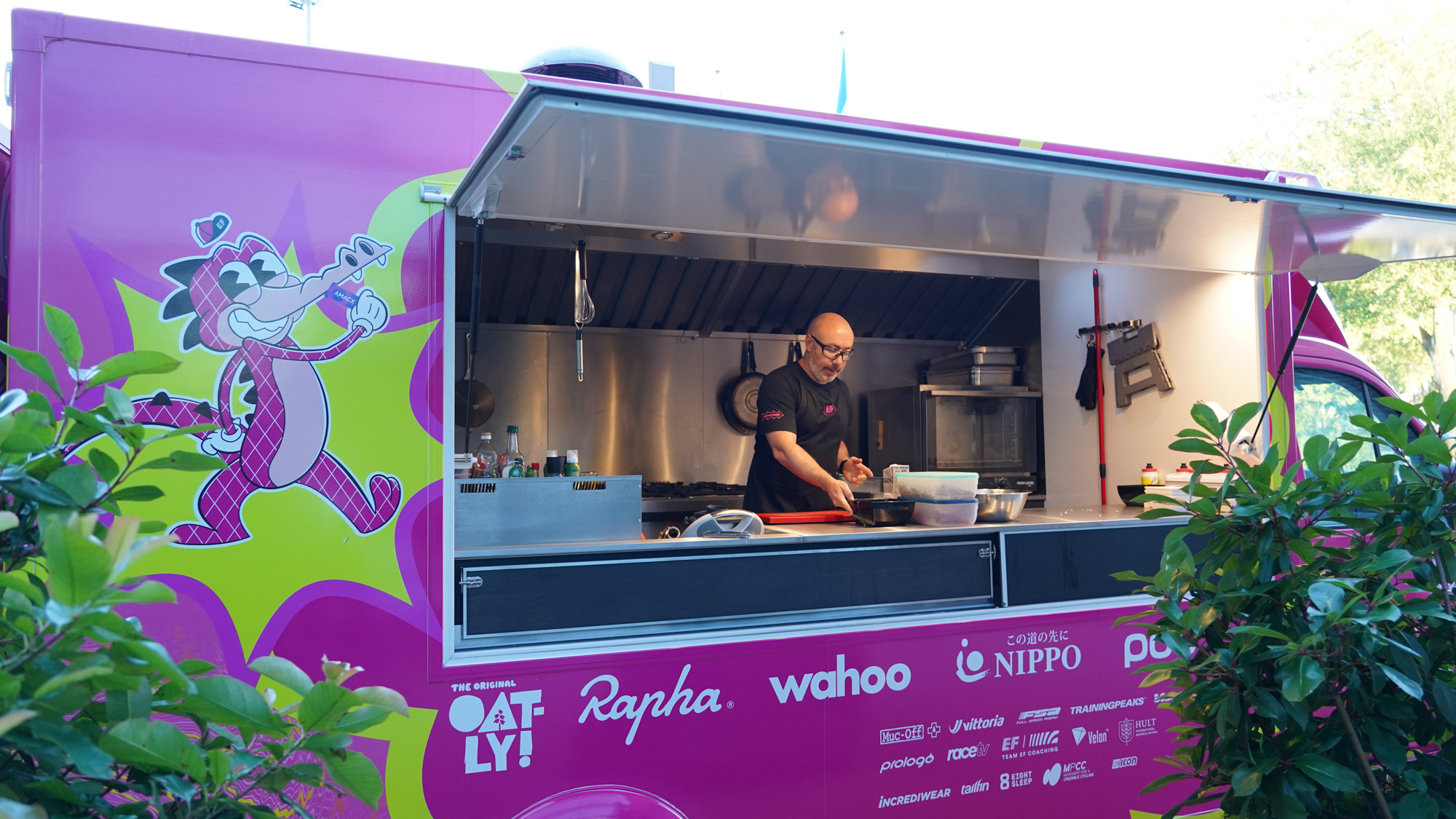
EF Pro Cycling's approach to fueling its athletes is highly structured. The program currently employs several travelling chefs and two nutritionists and will add two more nutrition experts in the coming year.
“Margins for performance gain in equipment are so small these days, so they’re looking to nutrition to make additional gains,” Creevy explains.
While some teams entrust the race hotels with their daily meals, most top-end teams, like EF Pro Cycling's men's and women's teams, travel with their own chefs and a mobile kitchen to have complete control over what goes into the riders' bodies.
Creevy and the other chefs will create the team’s menu a week to ten days in advance, in coordination with the nutritionists.
“I put it in an Excel spreadsheet and [the nutritionist] will look at it and make adjustments where needed like adding fats here or cutting fibre there,” Creevy said.
This means that when the race gets underway, the chef knows exactly what's on the schedule for each day, whether it's an eight-stage Tour de France Femmes or three-week-long Vuelta a España.
In addition to focusing heavily on macronutrients, the chef also needs to prepare meals in bulk. The caloric demands of a Grand Tour rider are immense. Creevy shared that on a typical race day, including breakfast, ride food, post-race recovery meals and dinner, riders consume around 4,000 - 5,000 calories. But on mountain stages, where the intensity is ramped up, that number can rise to 5,500 to 6,000 calories for women riders and up to 8,000 for male riders.
“That is quite a lot of food to take on. And bear in mind that some of the small riders, especially the women, are like 55 kilos or even less, so to try and take on that amount—it's pretty tough,” said Creevy.
In addition to the sheer quantity of food, Creevy shared that the biggest challenge riders face is the monotony of food.
“Riders on a long tour just get bored with the food,” Creevy said. “So instead of rice, rice, rice every day, we’ll trade out pureed potatoes or quinoa to give them options."

We caught up with Creevy at his mobile kitchen 7 a.m., at which time food prep was already in full swing.
Post-race smoothies whirred in the blender, chicken breasts browned in the oven, overnight oats chilled in the fridge, and Creevy was whipping up pancake batter as we spoke.
Creevy spends the early hours of the day prepping breakfast so a full spread of items awaits the riders as they come down to the hotel's dining room for breakfast. He'll also make omelettes or eggs for the riders who want them, one by one.
The morning prep also includes preparing on-the-bike foods like rice cakes, and post-race fuel, which is transported and dished up by the bus driver and soigneurs at the day's finish line. This may include smoothies for immediately after the race and a race-and-protein meal to be eaten on the bus during the transfer.
After all the riders have finished their breakfast, it's time to clean up, load up and transfer to that evening's hotel, where dinner prep commences. If he's lucky, there may be a small amount of downtime to watch the end of the race or get some exercise in.
Dinner will again be served buffet-style. That particular evening the menu consisted of a tomato sauce, spaghetti Aglio e Olio (no cheese!), grilled chicken, roasted zucchini and a fruit salad.
By the time clean-up is done, it will be quite late, so it's off to bed and getting ready to do it again the next day.
One day of meals
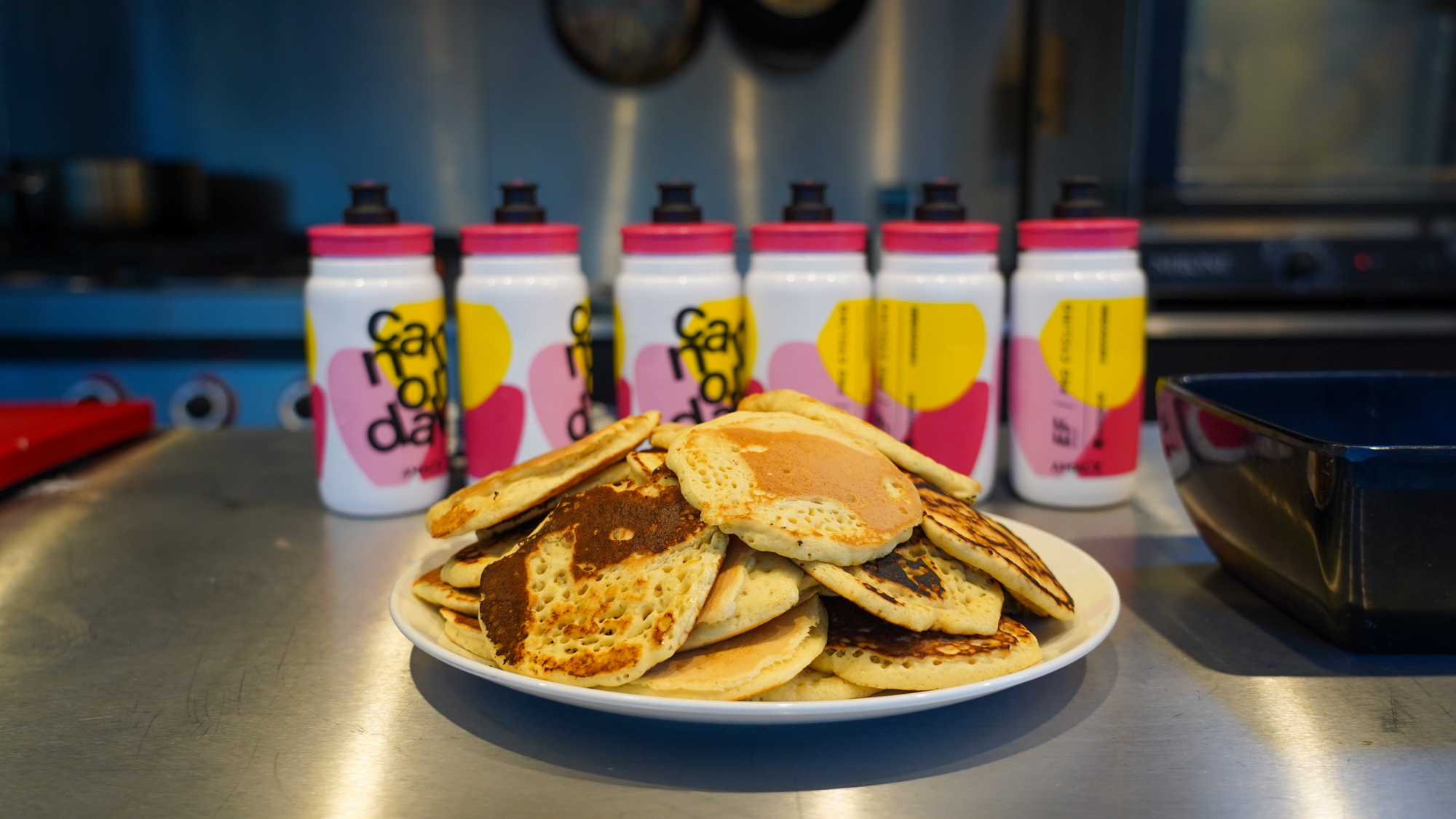
Breakfast:
The day typically begins with a carbohydrate-rich breakfast. Riders fuel up with overnight oats, pancakes, rice and/or rice pudding or rice cakes, and fresh berries. Eggs are also served, though riders limit their intake to avoid excess protein or fat.
On the bike:
While on the bike, riders consume energy gels, bars and carbohydrate drinks to maintain energy levels. The EF Pro Cycling teams are sponsored by Dutch nutrition company Amacx, which provides the team with an extensive range of on-the-bike products, allowing riders to consume as much as 90-120 grams of carbohydrates an hour.
Creevy also ensures riders have natural snacks like rice cakes. These are easy to digest, ensuring riders maintain peak performance throughout the stage.
Post-race refuelling:
After the race, recovery begins immediately. Riders take in a protein recovery drink or smoothie, which Creevy makes with very ripe fruits. “When fruit goes super ripe, the sugar content goes higher. It may not look nice, but it's totally edible. And the carbohydrate content is higher, which makes it actually better,” he said.
Within 30-40 minutes after finishing the stage, the riders also receive a simple meal of rice and lean protein to start replenishing glycogen stores.
Dinner:
Dinner is a well-balanced meal designed to refuel and repair the body. Creevy typically prepares two sources of carbohydrates, like pasta and rice, paired with a lean protein such as chicken or turkey, and roasted vegetables. There's also usually a salad or two.
Dessert:
Dessert is simple, like a fruit salad or apple cake — high in carbs, low in fats.
Carbs, Fibre and Fats
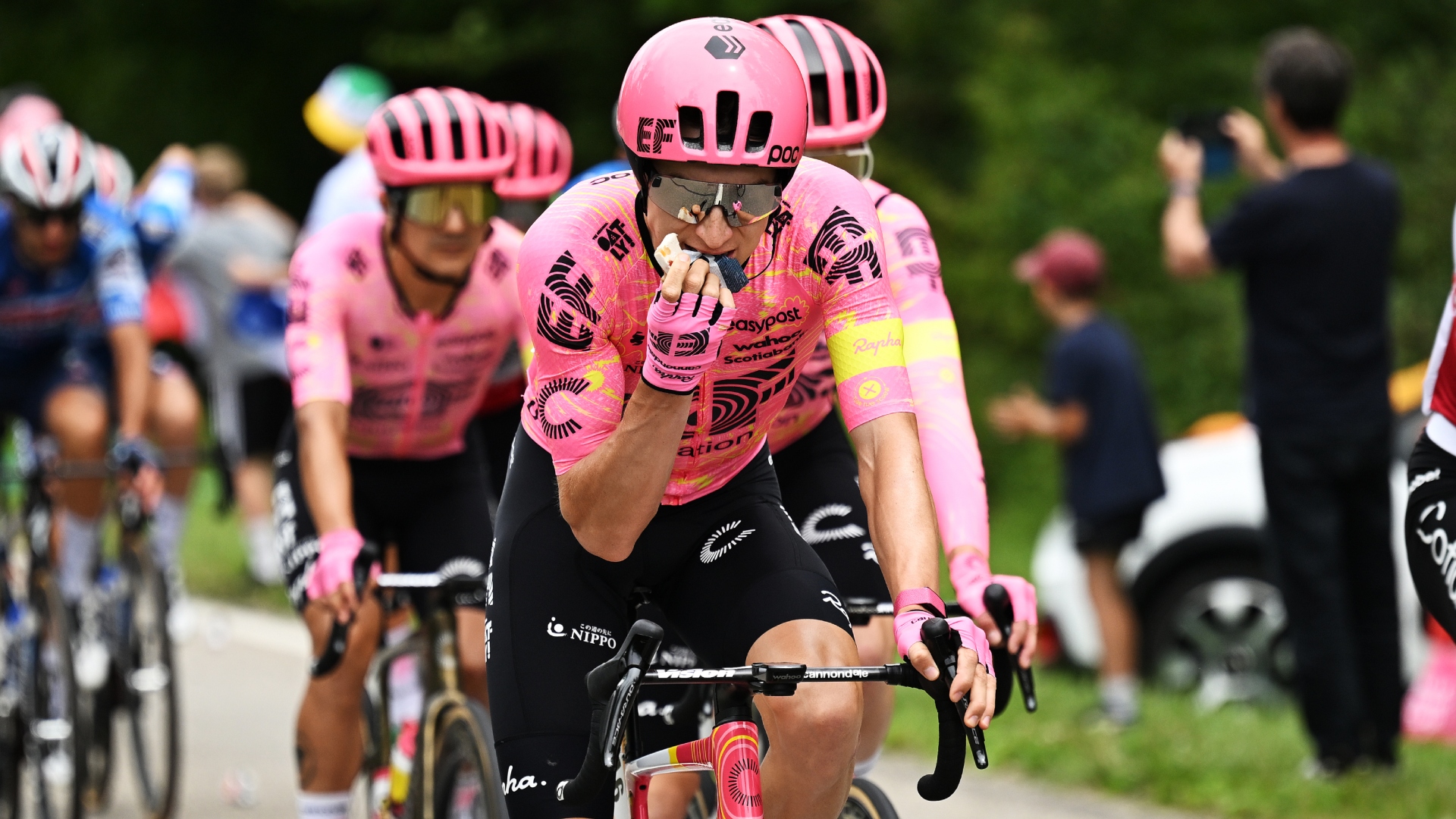
Cooking for the athletes is focused primarily on a macronutrient balance, which the team tracks using the Chromatic app, where the nutritionists and chefs also share and manage the teams' recipes. Without diving into the nitty gritty of each macronutrient, Creevy shared some of the basic guidelines:
Limiting Fiber:
Fibre intake is kept to a minimum for hard efforts because it can be difficult to process while riding at high intensity. According to Creevy, too much fibre can lead to gastrointestinal discomfort, and riders may have to “pull off to the side of the road, which isn't ideal.” Remember Tom Dumoulin's bathroom disaster during the 2017 Giro d'Italia? Yeah...
"Additionally, if you have extra fibre in your gut, it retains more water, so you hang on to water, rather than actually being hydrated quite as much. It also makes you a little bit heavier and a bit more bloated," Creevy explained.
On mountain stages, Creevy will even "strip the skin from cucumbers and stuff like that" to minimise fibre intake.
“On those days, [the riders] will pretty much just have white rice, plain pasta, pancakes, maybe some berries, and that's it. It’s quite restrictive,” Creevy shared.
Easy-to-digest Carbohydrates:
Carbohydrates are the foundation of a cyclist’s diet because they provide the quickest source of energy.
“Your body needs more time to process fat or protein and convert it into sugars, whereas carbohydrate is really, really rapid," Creevy explained. "All the carbs the riders consume are easy to process."
This means a lot of plain rice, plain pasta, oats and pancakes.
Limiting Fats:
Riders also limit their fat intake, especially while racing.
While fats are beneficial for lower-intensity exercise, they do more harm than good in high-intensity racing.
“In zone 4-5, it’s really hard for your body to start processing fats, so it just sits there in the stomach doing nothing,” Creevy explained.
As a result, riders rely on lean proteins like chicken instead of beef or pork, which contain more fat. On recovery days or the evening leading into a rest day, Creevy will add in salmon, which is rich in protein and healthy fats like omega 3.
Recipes
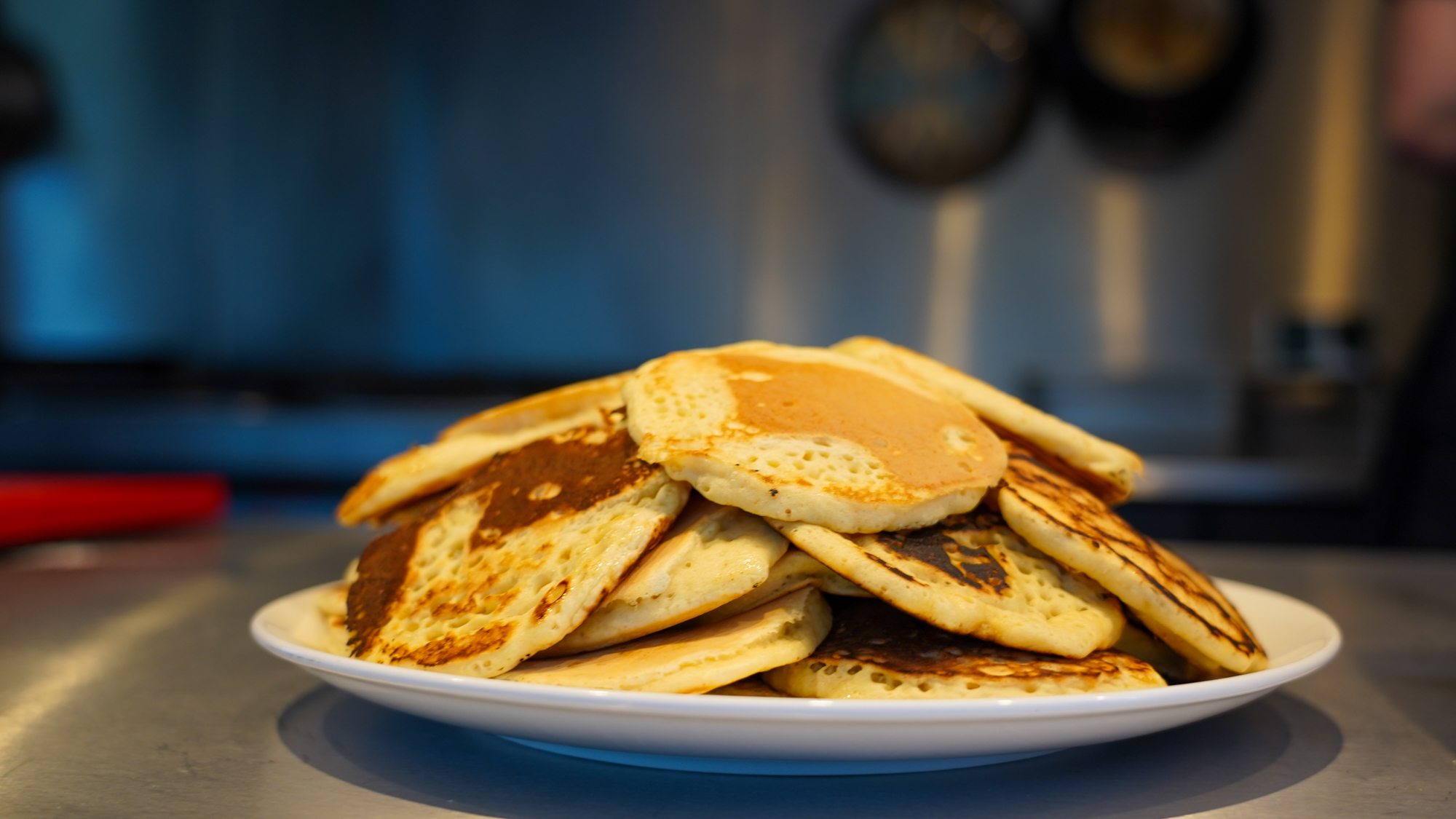
Creevy was kind enough to share two EF staples with our Cycling Weekly readers: the EF American Pancakes and EF Peruvian Chicken Thighs.
EF Education American Pancakes
Ingredients:
- 400 grams Tesco organic plain flour
- 3 tsp (13.8g) baking powder
- 2 tbsp (42.4g) honey
- 6 medium eggs
- 400 grams Alpro rice milk
- Creevy's personal touch: some lemon zest and a bit of lemon juice to change it up
Nutrition Facts
A serving size of 100 grams contains:
- 196 kcal
- 7.2g of protein
- 33.2g of net carbs
- 3.5g of fat
Method:
- Combine dry ingredients together in a big bowl
- Make a well, then add the wet ingredients. Stir to combine.
- Scoop the batter onto a hot griddle or pan.
- Cook for two to three minutes, then flip.
- Cook until brown on both sides.
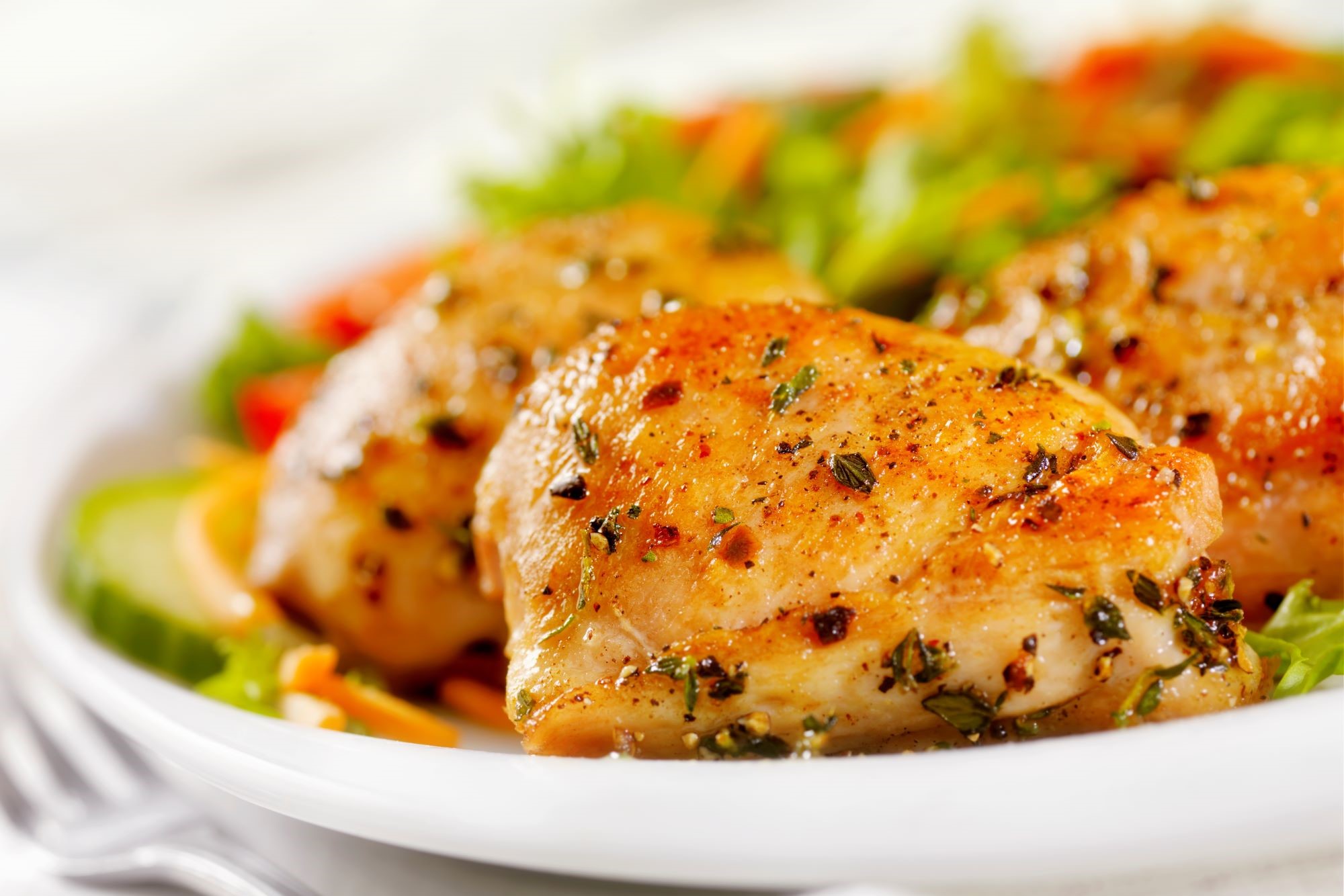
EF Peruvian Chicken Thighs (to be served with rice and vegetables)
Ingredients:
- 1600 grams of chicken thighs, skin removed
- 10g low sodium soy sauce
- 1/4 cup (60g) fresh lime juice
- 4 tbsp (8g) of cumin powder
- 2 tsp (4.5g) of paprika powder
- 1 tsp (1g) of dried oregano leaves
- 1 tsp (2.3g) of ground black pepper
Nutritional Facts
A serving size of one chicken thigh (about 100 grams) contains:
- 180 kcal
- 26.1 grams of protein
- 0.6 grams of net carbs
- 7.4 grams of fat
Method
- Preheat your oven to 425°F (220°C)
- In a bowl, mix together the herbs, spices and liquids to make a marinade.
- Coat the chicken with the spice mixture on all sides. Let marinate for an hour.
- Place the chicken thighs on a rack on top of a baking sheet (to catch any drippings).
- Cook until the internal temperature reaches 165°F (74°C) — depending on the size of the chicken thighs, this will take about 25-30 minutes, but start checking around 20 minutes in.
- Creevy's pro tip: The meat will continue to cook for a few minutes as it rests on the counter, so take the chicken out of the oven the moment the internal temperature is reached and let rest for 10 minutes before serving.
- Serve with rice and roasted vegetables or a salad.

